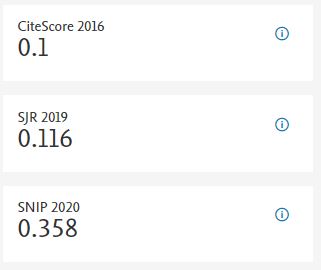Myth Criticism: Theory and Practice
Abstract
Myth Criticism found its way through the rest of the critical theories owing to certain reasons: one, formalistic approaches no longer found favour with the reading public due to their narrowness; two, early twentieth century anthropology and psychology seemed very impressive and attractive in its scope and depth; and three, modern life was felt to be in a disastrous spiritual state partly due to the influence of existential philosophy. (Leitch 115-116). Vincent B. Leitch in American Literary Criticism from the Thirties to the Eighties (1988) states that myth Criticism began its influence in the field of literary criticism during the 1930s and the influence lasted until the 1980s. Its heyday can be marked between the 1940s and 60s. The popular myth critics were Richard Chase (1904-1988), Francis Fergusson (1904-1986), Leslie Fiedler (1917-2003), Daniel Hoffman (1923-), Stanley Edgar Hyman (1919-1970), Constance Rourke (1885-1941), Philip Wheelwright (1901-1970), Kenneth Burke (1897-1993), Joseph Campbell (1904-1987), William Troy (1903-1961), Maud Bodkin (1875-1967) and Northrop Frye (1912-1991). Though these critics were not in contact with each other, they had a certain way of thinking dependent on the theories of myth often derived from European anthropology, philosophy, sociology and folklore studies














